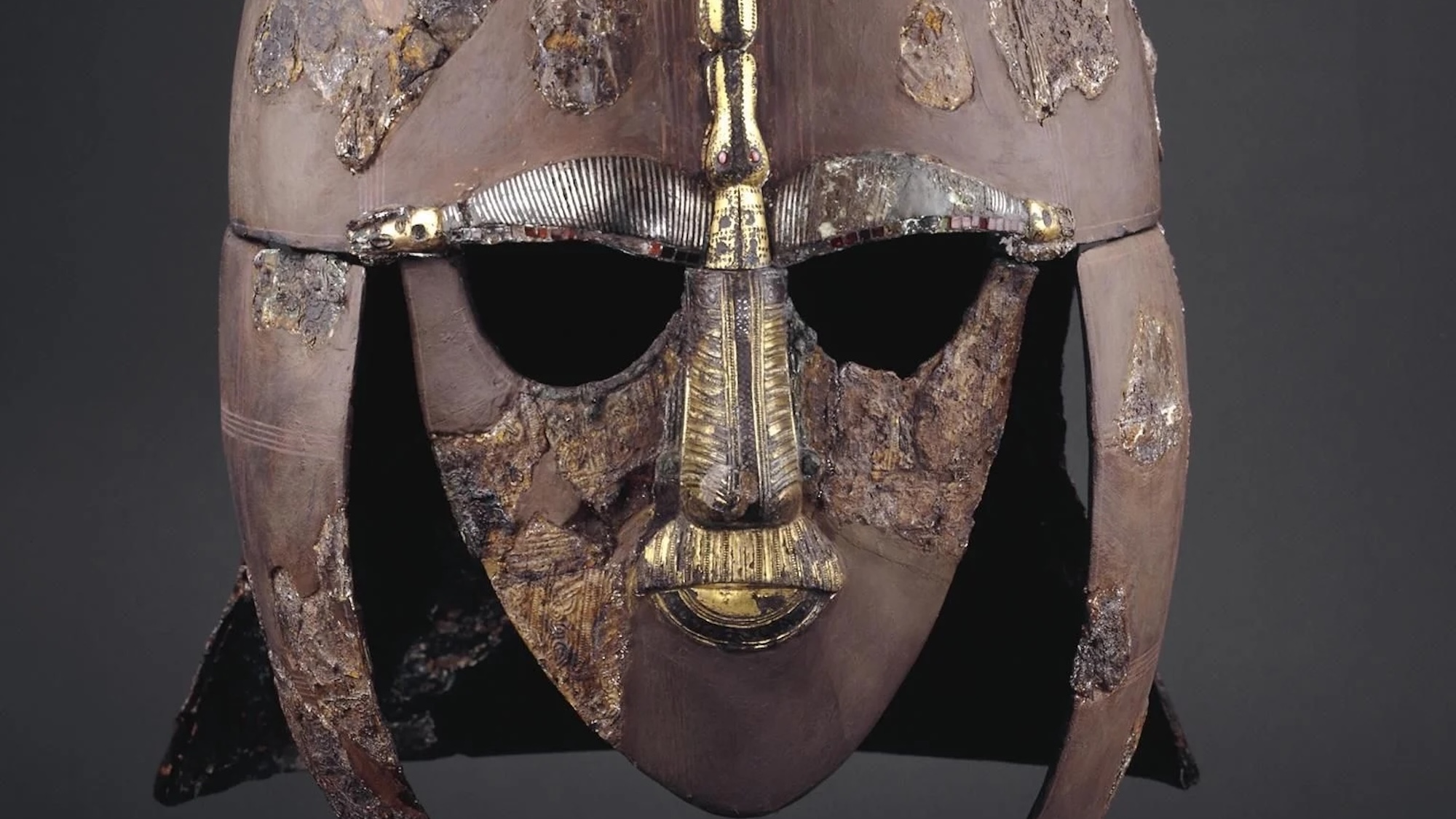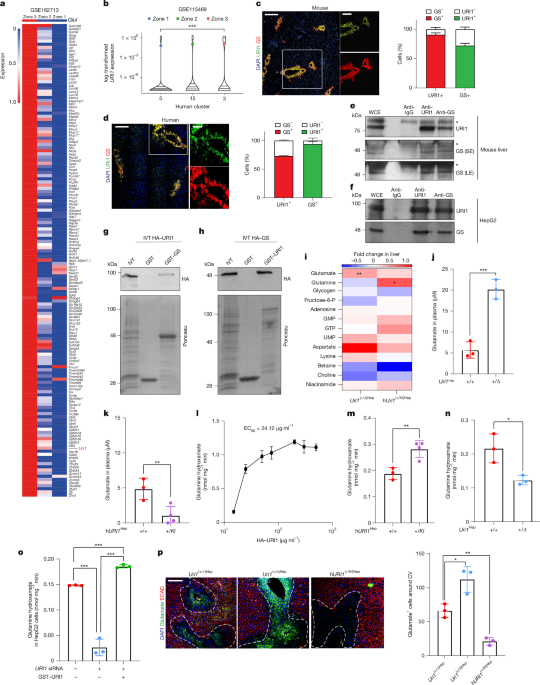www.archdaily.com
Gruta House / Salvador Romn Hernndez + Adela Mortra VillarrealSave this picture! Fabian MartinezHousesValladolid, MexicoArchitects: Adela Mortra Villarreal, Salvador Romn HernndezAreaArea of this architecture projectArea:254 mYearCompletion year of this architecture project Year: 2025 PhotographsPhotographs:Fabian MartinezMore SpecsLess SpecsSave this picture!Text description provided by the architects. Casa Gruta, located in the Sisal neighborhood of Valladolid, Yucatn, is an architectural project designed by architects Salvador Romn Hernndez and Adela Mortera Villarreal. This space aims to explore perception, scale, and materiality through a plastic and architectural approach that evokes the sensation of a refuge, reminiscent of a cave. The work invites reflection on the fleeting nature of time and the relationship between the ephemeral and the eternal through the use of light and shadow, and the interaction between new structures and pre-existing ones.Save this picture!Save this picture!The house is conceived as a contemporary habitable sculpture, inspired by the characteristic geological formations of the Yucatn Peninsula, such as caves, grottoes, and cenotes.Save this picture!Save this picture!Its simplified materiality is based on the colors and textures found in these natural environments. The gray-green pigmented concrete used in the faades changes its saturation with the passage of the sun, creating a dynamic atmosphere. The contrast is provided by the natural cedar wood, which references the local vegetation, and the golden hardware that alludes to the minerals present in the land.Save this picture!Save this picture!The design of the house is inspired by the arrangement of cenotes and caves, where tunnels, vaults, and clearings guide the sensory experience of the user. Spaces open or close, offering different sensations along the journey. The entrance is marked by a poplar tree, which in Yucatn traditionally indicates the proximity of underground water formations, leading to an outdoor vestibule, where there is a body of water intervened by Andrs Briceo. This element references the Mayan purification rituals prior to entering the cenotes.Save this picture!Save this picture!The journey continues through a tunnel that leads to the main distributor of the house. The first space is a room with a private patio, outdoor shower, and a body of water. As one progresses, the tunnel opens into a common area that includes the living room, dining room, and kitchen, all under a hammered concrete vault. This space culminates in a large cylinder that houses the staircase to the rooftop, a recreational space with a viewpoint for contemplating the landscape.Save this picture!Save this picture!On the ground floor, the house has two additional rooms. One of them, more private, features a contemplative patio with sculptures and vegetation. The master bedroom, the largest, ends in an interior patio with a cylindrical body of water, alongside a pre-existing flamboyant tree that creates play of light and shadow.Save this picture!Save this picture!Casa Gruta is a refuge that invites introspection and reflection on the fast pace of contemporary life, serving as a space for contemplation and connection with time.Save this picture!Project gallerySee allShow lessAbout this officePublished on March 28, 2025Cite: "Gruta House / Salvador Romn Hernndez + Adela Mortra Villarreal" [Casa Gruta / Salvador Romn Hernndez + Adela Mortra Villarreal] 28 Mar 2025. ArchDaily. Accessed . <https://www.archdaily.com/1028510/gruta-house-salvador-roman-hernandez-plus-adela-mortera-villarreal&gt ISSN 0719-8884Save!ArchDaily?You've started following your first account!Did you know?You'll now receive updates based on what you follow! Personalize your stream and start following your favorite authors, offices and users.Go to my stream












